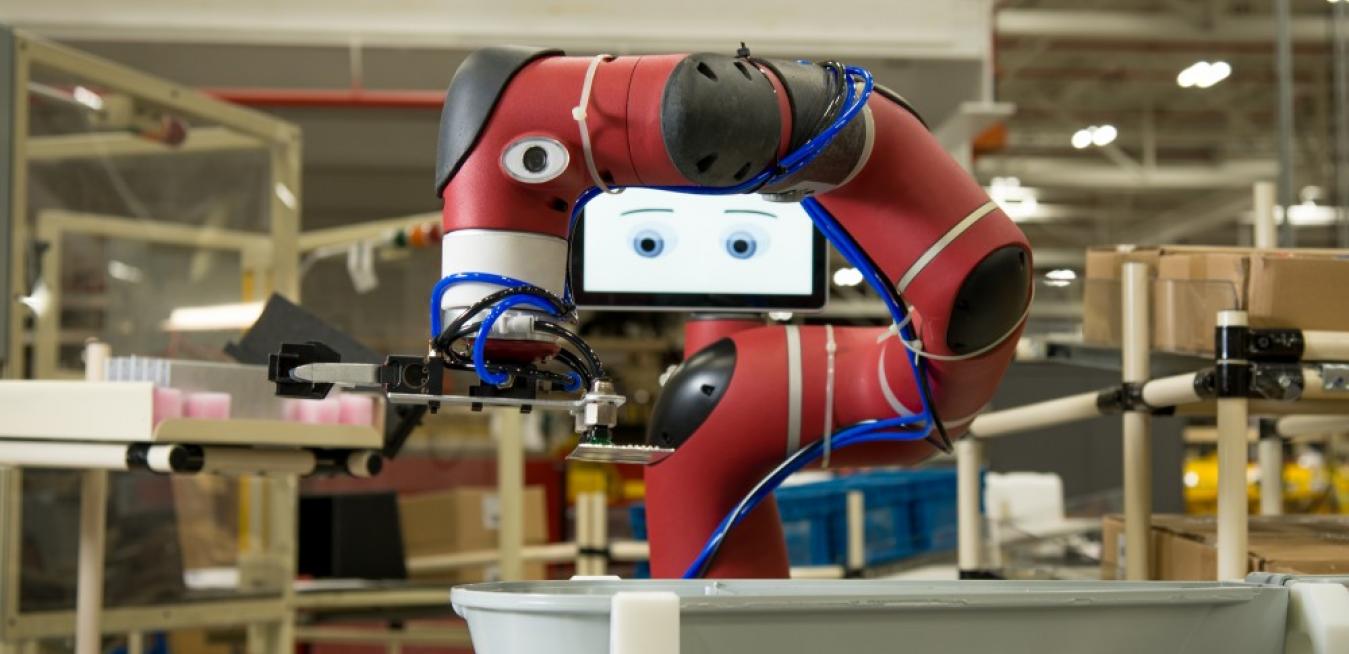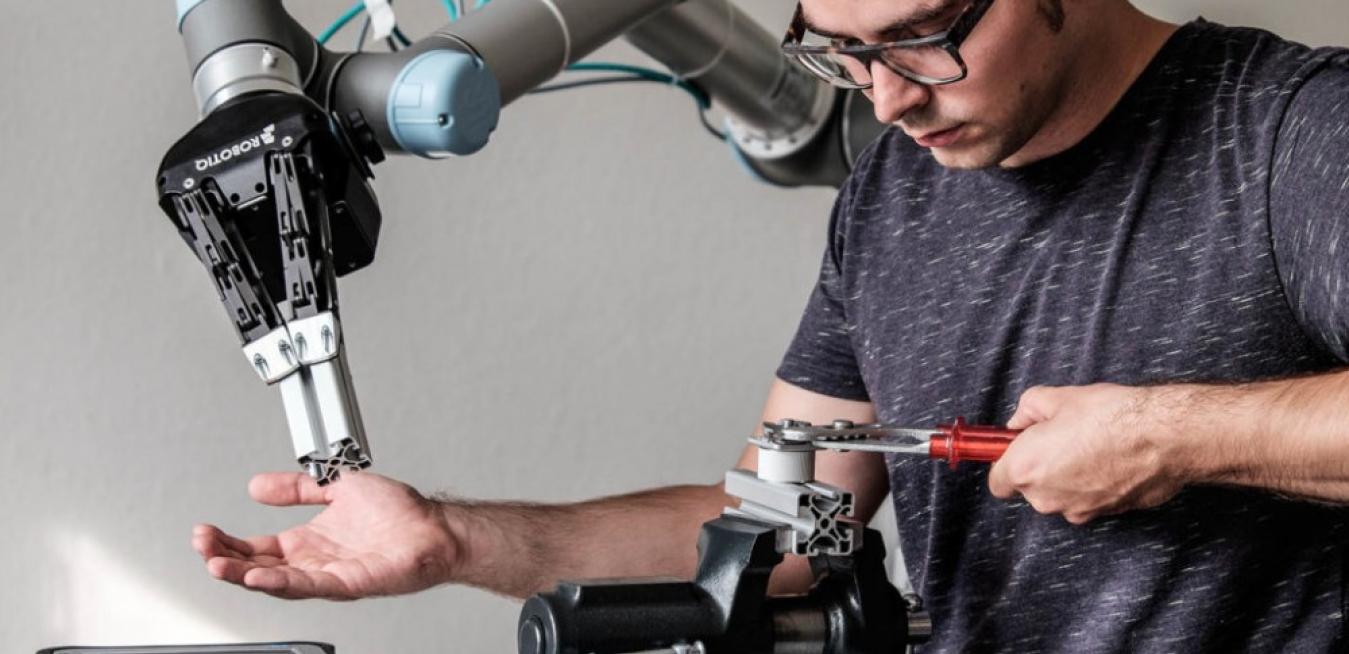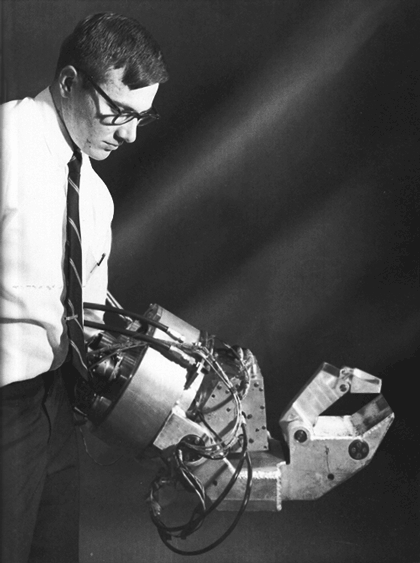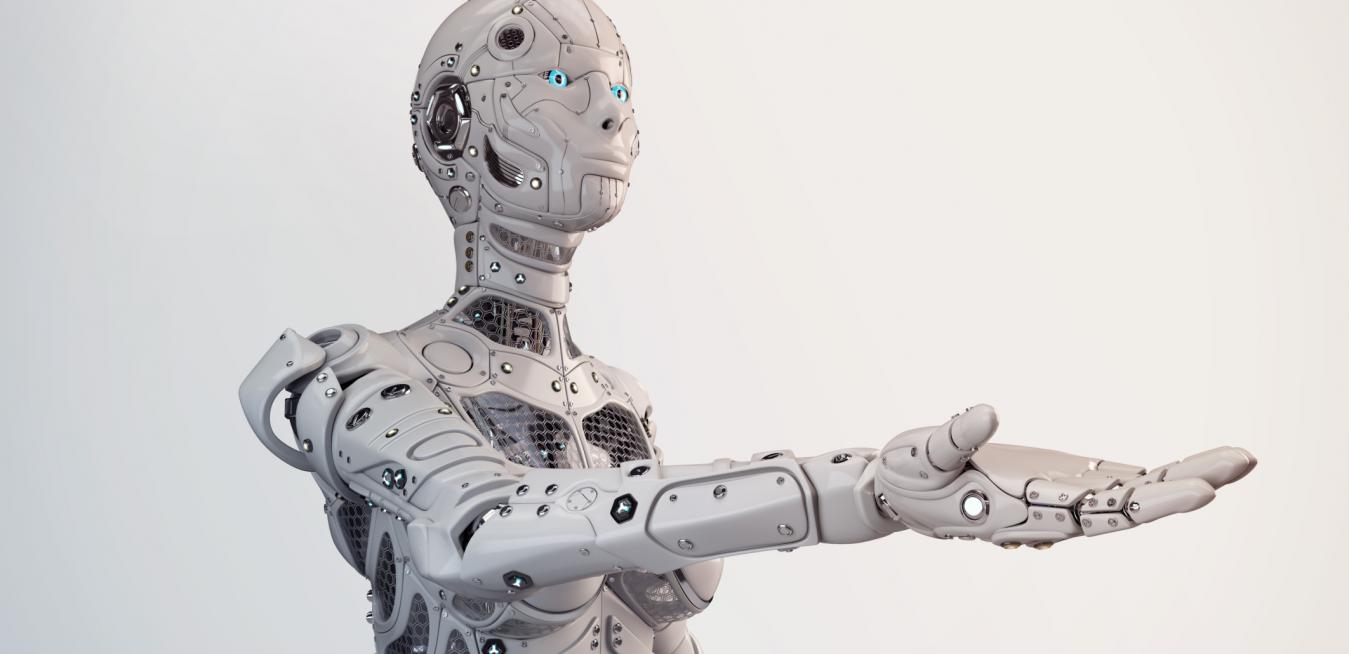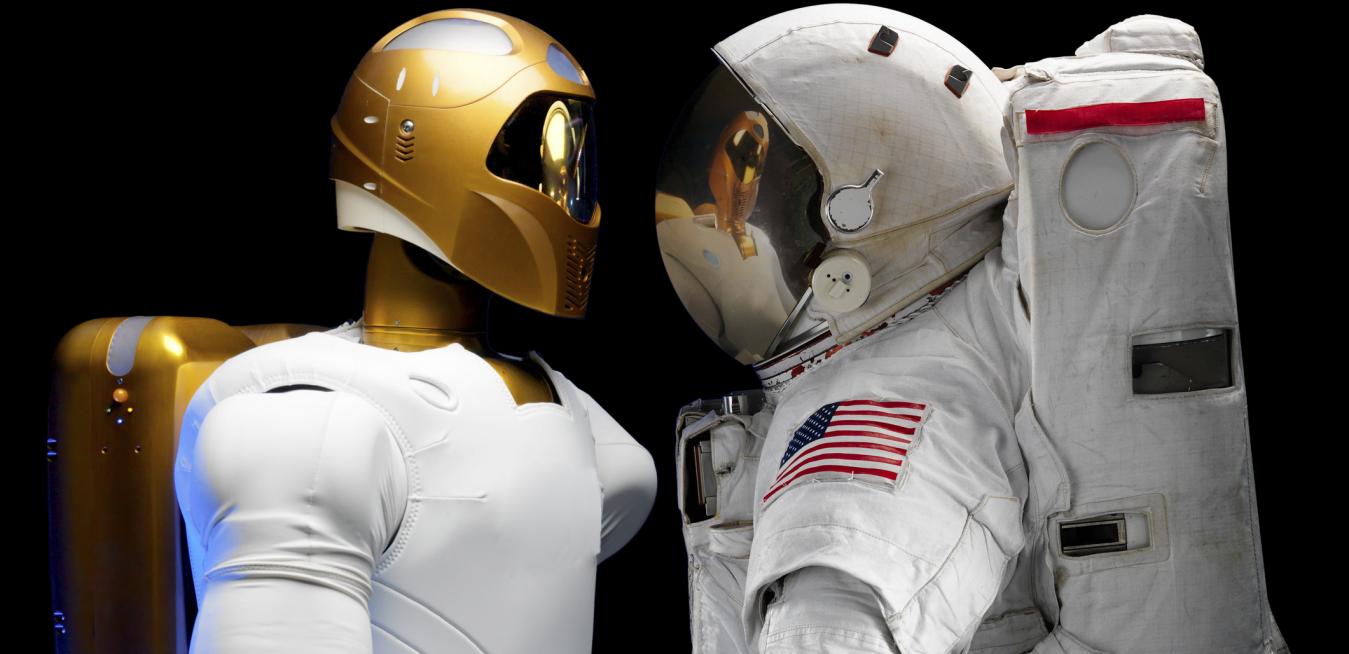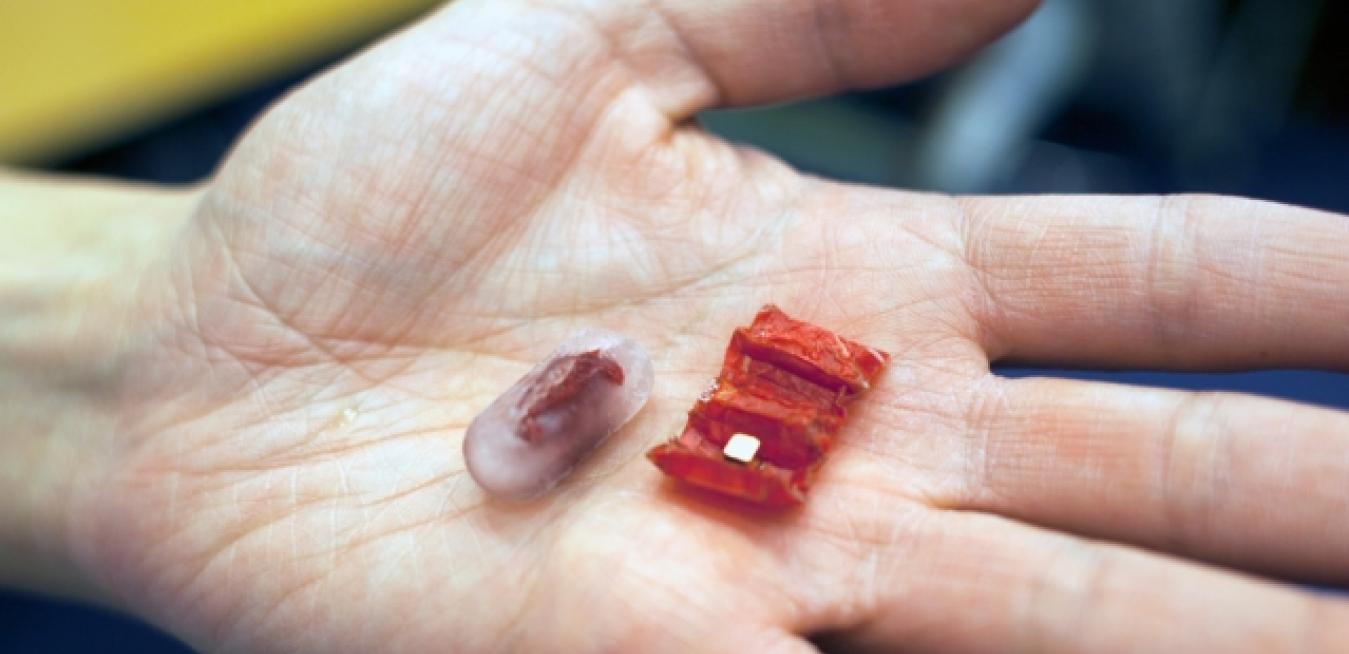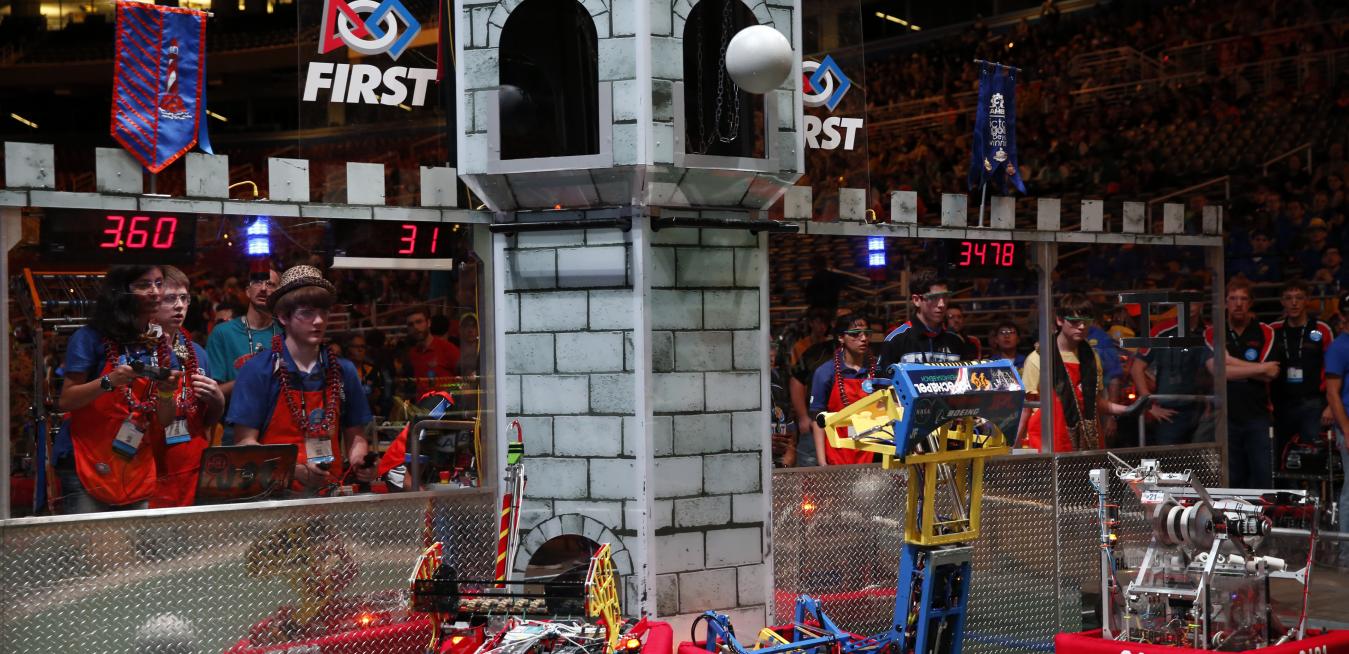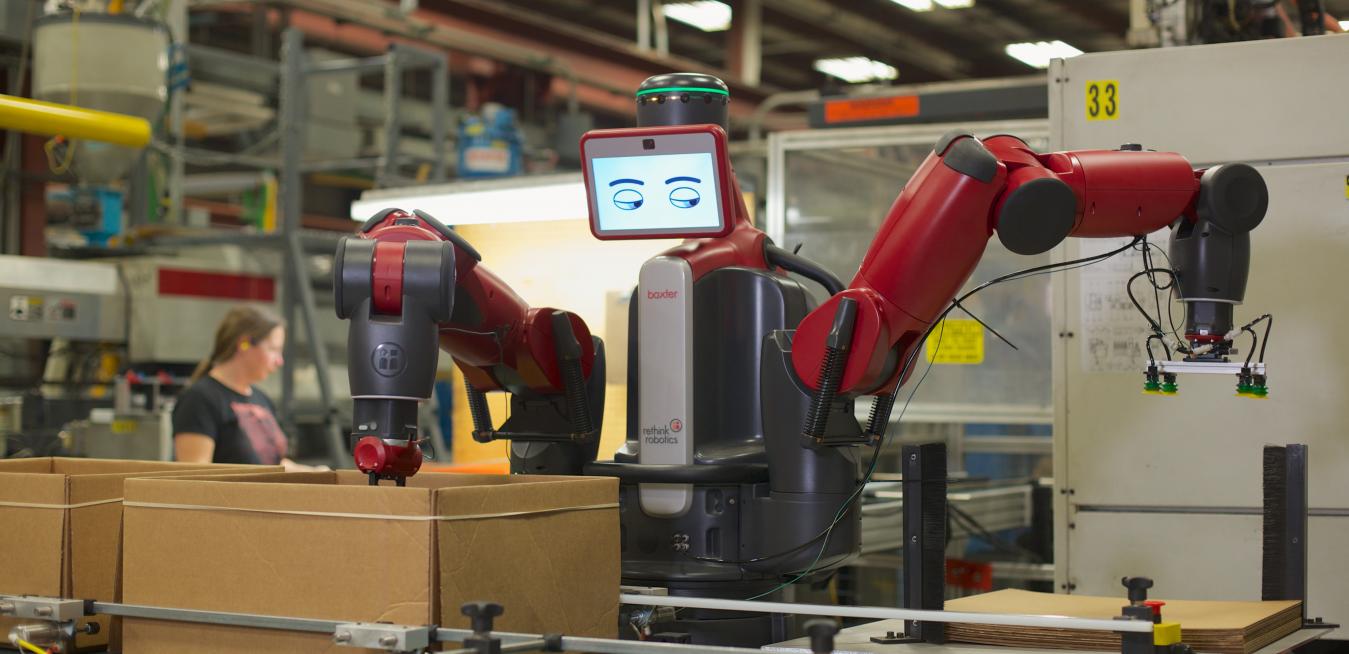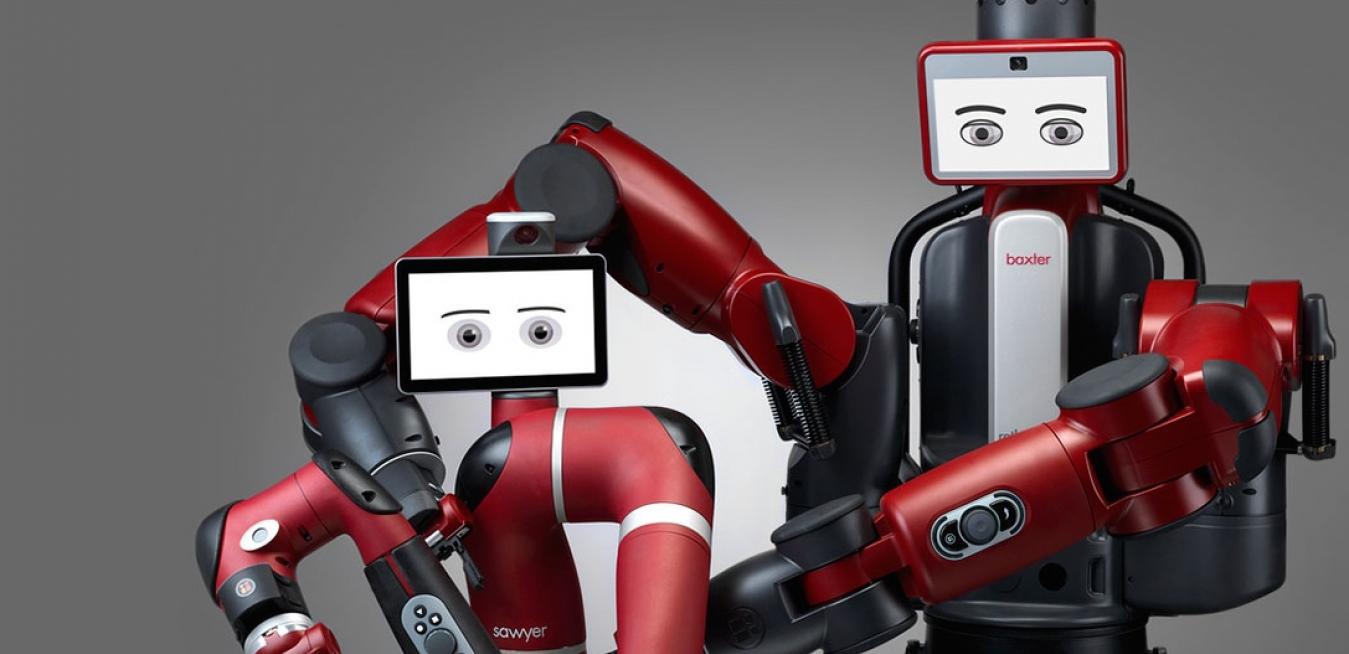Collaborative robots, known as co-bots, work along side humans without the need for traditional safety cages. While their use throughout industry is expected to increase rapidly, their risks still need to be assessed.
Exoskeletons don't have to be the bulky armor-like suits imagined in science fiction. Researchers are developing soft, wearable robots that mimic muscle movements. These "second skins" could potentially have uses in everything from physiotherapy to the military.
The world is approaching the time when robots in our daily lives will be making decisions about how to act. What guidelines should we give them?
As robots become integrated into society more widely, we need to be sure they’ll behave well among us. In 1942, science fiction writer Isaac Asimov attempted to lay out a philosophical and moral framework for ensuring robots serve humanity, and guarding against their becoming destructive overlords.It's not just people who need to get better at talking to one another. Space roboticist Riccardo Bevilacqua says we need to teach our machines how to communicate more effectively for robots to reach their full potential.
If we are serious about long-term human presence in space, such as manned bases on the moon or Mars, we must figure out how to streamline human-robot interactions.
This Ingestible Origami Robot Can Remotely Operate On Patients
[embed width="800"]https://www.youtube.com/watch?v=3Waj08gk7v8[/embed]
From electric vehicles on the ground to rockets in space, a range of industries are already benefitting from advanced manufacturing — innovative technologies and processes that are set to transform nearly every sector.
Imagine a world of full of machines manufacturing anything we desire on-demand, where robots attend to workers’ every need. Welcome to the future of advanced manufacturing — a hybrid of technologies and processes that manufactures goods through the use of innovative technologies.
